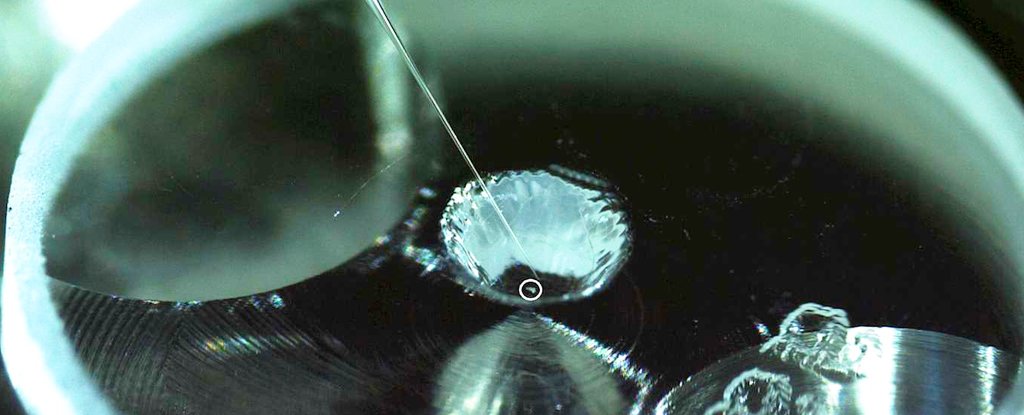Exciting and expected in this day and age
An international team of researchers recently conducted an in-depth analysis on one of the particles brought back from the asteroid Itokawa by the Japanese Space Agency's (JAXA) original Hayabusa mission back in 2010.
Most of Earth's meteorites come from S-type asteroids like Itokawa, so knowing that it could have contained essential ingredients for life on our planet is a significant step forward in our understanding of how life-forming conditions could arise. Up until now, most research on organic material has focussed on carbon-rich (c-class) asteroids.
Looking into the sample, the team found that organic material that came from the asteroid itself has evolved over time through extreme conditions - incorporating water and organic matter from other sources.
This is similar to the process that happened on Earth, and helps us better understand how the earliest forms of terrestrial biochemistry might simply be an extension of the chemistry taking place inside many asteroids.
"These findings are really exciting as they reveal complex details of an asteroid's history and how its evolution pathway is so similar to that of the prebiotic Earth," says earth scientist Queenie Chan from the Royal Holloway University of London.
Evolutionary models can take us back some 3.5 billion years to a time when life was little more than competing sequences of nucleic acid.

 www.sciencealert.com
www.sciencealert.com
For The First Time, Organic Matter Crucial For Life Has Been Found on an Asteroid's Surface
An international team of researchers recently conducted an in-depth analysis on one of the particles brought back from the asteroid Itokawa by the Japanese Space Agency's (JAXA) original Hayabusa mission back in 2010.
Most of Earth's meteorites come from S-type asteroids like Itokawa, so knowing that it could have contained essential ingredients for life on our planet is a significant step forward in our understanding of how life-forming conditions could arise. Up until now, most research on organic material has focussed on carbon-rich (c-class) asteroids.
Looking into the sample, the team found that organic material that came from the asteroid itself has evolved over time through extreme conditions - incorporating water and organic matter from other sources.
This is similar to the process that happened on Earth, and helps us better understand how the earliest forms of terrestrial biochemistry might simply be an extension of the chemistry taking place inside many asteroids.
"These findings are really exciting as they reveal complex details of an asteroid's history and how its evolution pathway is so similar to that of the prebiotic Earth," says earth scientist Queenie Chan from the Royal Holloway University of London.
Evolutionary models can take us back some 3.5 billion years to a time when life was little more than competing sequences of nucleic acid.

For The First Time, Organic Matter Crucial For Life Has Been Found on an Asteroid's Surface
Follow the twisted limbs of your family tree all the way back to its primordial origins billions of years in the past and you'll find that we all originated from dust rich in organic chemistry.

